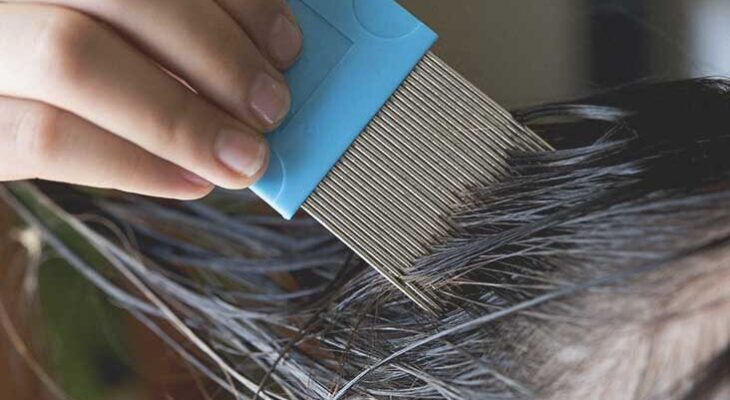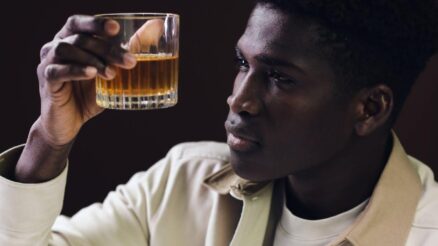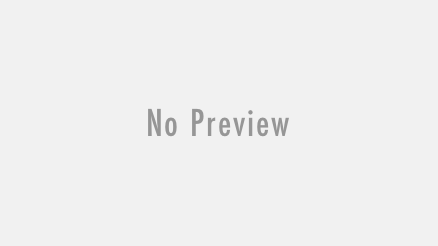Head Lice are quite common in kids and adults; they are small parasitic insects in mammals and animal skins. They are usually more common in school going children as Lice easily spread among them due to close personal contact in schools. Also, one thing to note here is that having Lice is a common symptom of poor hygiene. Don’t Panic Lice are not a carrier of the disease. Having them can be very much uncomfortable.
The ice is divided into three types depending on where they are found:
- Head lice- As the name suggests, these are found on the scalp, neck and areas around the ears. They make the entire scalp itchy.
- Body lice– These types of lice are common in people who don’t take a bath regularly or do not wear washed clothes. They generally reside in clothing and move to the body once the person wears them.
- Pubic lice- As the name suggests, these are found on the skin and hair of the pubic area. These are easier to spot and generally goes with minor care.
They are further divided depending on their life cycles, such as the Nymph and the adult louse.
- Nits-These are the eggs that are often confused with dandruff. Nits are found firmly attached to the hair shaft and are very hard to spot; they are usually yellow to white.
- Nymph-When the eggs of the Nits hatches, they are called Nymph. They feed on human blood to survive. These nymphs grow into adults within seven days.
- Adult-The adult size is quite noticeable and appears to be like a seed. Their life is around 30 days, and they feed on human blood to survive.
Causes of Lice
Of all the Lice discussed above, only head lice are contagious due to personal contact. There are other ways by which they can spread:
- When you touch someone head who has Lice and then touching your head.
- When you share someone personal items (such as comb, hair bands, hats and clips), who has a Lice.
- Use someone clothing that is infested with Lice.
- You come in contact with an already infected person during sports and any other kind of activity.
- Using a bed, couch, pillow, carpet, or any other thing used by an already infected person.
How professionals diagnose a head lice infestation?
Health professional generally use a microscope to look for Nymph and the adult louse. They closely look at the hair and the scalp. Finding them is difficult because of their size, and also, they move quickly. Their presence confirms that the patient is infected with the Lice. Even if you don’t have access to health professionals, you can use a louse comb at home to confirm their presence.
Common Treatments
- Medications- You can get rid of lice by the use of medications recommended by your doctor.
- Alternative treatment- You can avoid medications by using a lice comb or a flea comb. Use olive oil for maximum results.
- Treating at home- Clean your hair, never share your comb and wash your pillows, cover, bedsheets regularly.
Final Words
The best way to avoid an infestation is to have a healthy lifestyle and keep everything around you clean and tidy. There are many questions people have about the treatment the most common one is how long will my head itch after lice are gone, the answer is soon your head is free of Lice the itching will go away.





